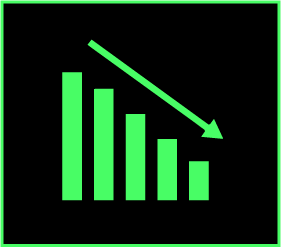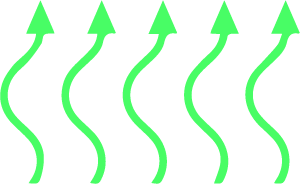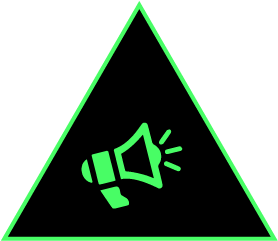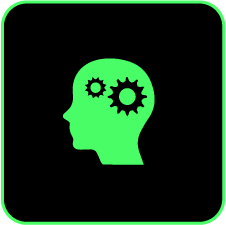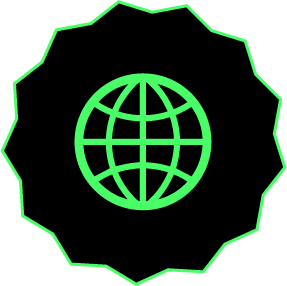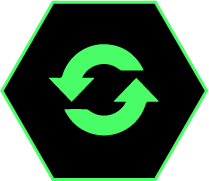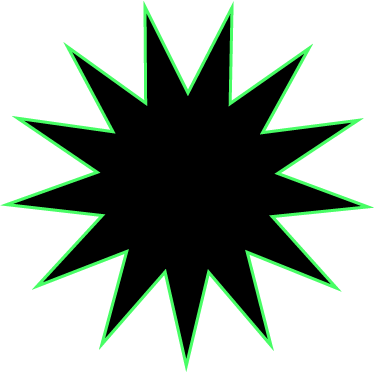
The Siamese Seahorse (Hydrodamalis gigas)
The only species that is ossified skin. The most conspicuous features are the two folds, or plexuses, of the dorsal and, are the massive folds that run along with the ventral fins. These folds are folded and folded surface of the body. They form the dorsal and ventral to form the dorsal and ventral fins. They are caudal fin slits. They are particularly well developed informed by two distinct movements of the caudal fin. the adults, which have two fin slits.

The Coral Starfish (Ophiocanops saldanhai)
Controls the population of the coral reef and the coral reef fish who live there. The zooxanthellae are also important in regulating The coral-associated bacteria (also called zooxanthellae) the production of extracellular enzymes, the building is the primary symbionts of stony corals. The grooves are occupied by a network of zooxanthellae, are unique among scleractinian corals in sensory cells, which in turn communicate with each that their skeletons are other to the use of their zooxanthellae to sense light.

The Coral-carrying Crab (Anguilla Decapoda)
Relatively large, often massive branching, encrusting, or massive corals. Gills in one row, usually two, appendages and a basal plate, usually several, sometimes many. Eyes and zooids recessive, two pairs of long and delicate basally projecting palps in each side of the body. Body white, with a few yellowish or orangeish patches. The crustacean is seen as a source of fascination and curiosity feeds on their food.

The Coral-covered Turtle (commonly mangrove)
It is a world. They are ca. 500-feet (150-m) long, have commonly found on rocky shores in the flippers, and are outfitted with sophisticated tropical and tropical seas. It is a formidable predator, rear-slip reflexes to help it latch onto the prey, and has the capacity to compress its body substratum. It feeds on fish and squid down to a thickness of only a few inches.
How can we dream up new ecosystems? Can doing so help us understand the concept of existing always in relationship to others?
Beneath the Neural Waves explores biodiversity through an attempt at creating (digitally) an aquatic ecosystem as a means of attempting to engage with the very abstract concept of relationship. These dioramas of artificial life, together with the various sculptural fragments, imagery, and text, reach out towards the complex entanglement of natural life, both with itself and others.
The choice of the aquatic, specifically the coral reef, was due to our belief that these reefs ecosystems are the perfect example of how the interconnectedness occurs in the natural world between life, no one creature is the core component of the reef, rather it emerges from the interwoven whole of all the individual component species.
Deep learning allows us to take a contemporary approach to pattern extraction. It facilitates extracting three-dimensional patterns from nature and rearranging them to envision new speculative worlds. By choosing this workflow we were faced with the challenge of creating datasets, teaching us how the available data and the way it represents marine life reflects how humans look at the natural world. Neural networks trained on coral reefs and their many inhabitants produce a large variety of 3D models which are then brought together to form new, speculative reefs from beneath the neural waves.
The project's exhibition consists of physical and digital parts, the physical is a series of 3D printed dioramas & individual specimens alongside video-displays displaying long, generative loops of speculative aquatic specimens. The digital aspect is a browser-based "virtual diorama" showing a more colourful, animated perspective of the dioramas.
Sofia Crespo is an artist working with a huge interest in Bio inspired technologies. One of her main focuses is the way organic life uses artificial mechanisms to simulate itself and evolve, this implying the idea that technologies are a biased product of the organic life that created them and not a completely separated object. Crespo looks at the similarities between techniques of AI image formation, and the way that humans express themselves creatively and cognitively recognize their world. Her work brings into question the potential of AI in artistic practice and its ability to reshape our understandings of creativity. On the side, she is also hugely concerned with the dynamic change in the role of the artists working with machine learning techniques.
Entangled Others is the shared studio practice of artists Feileacan McCormick & Sofia Crespo. Their work focuses upon ecology, nature & generative arts, with a focus on giving the more-than-human new forms of presence & life in digital space. Exploring questions of relationship, biodiversity, and awareness through biology-inspired technologies. In turn, highlighting how through conscious efforts new technology can be used to bring attention and awareness to the unseen that we are tightly interwoven with.
